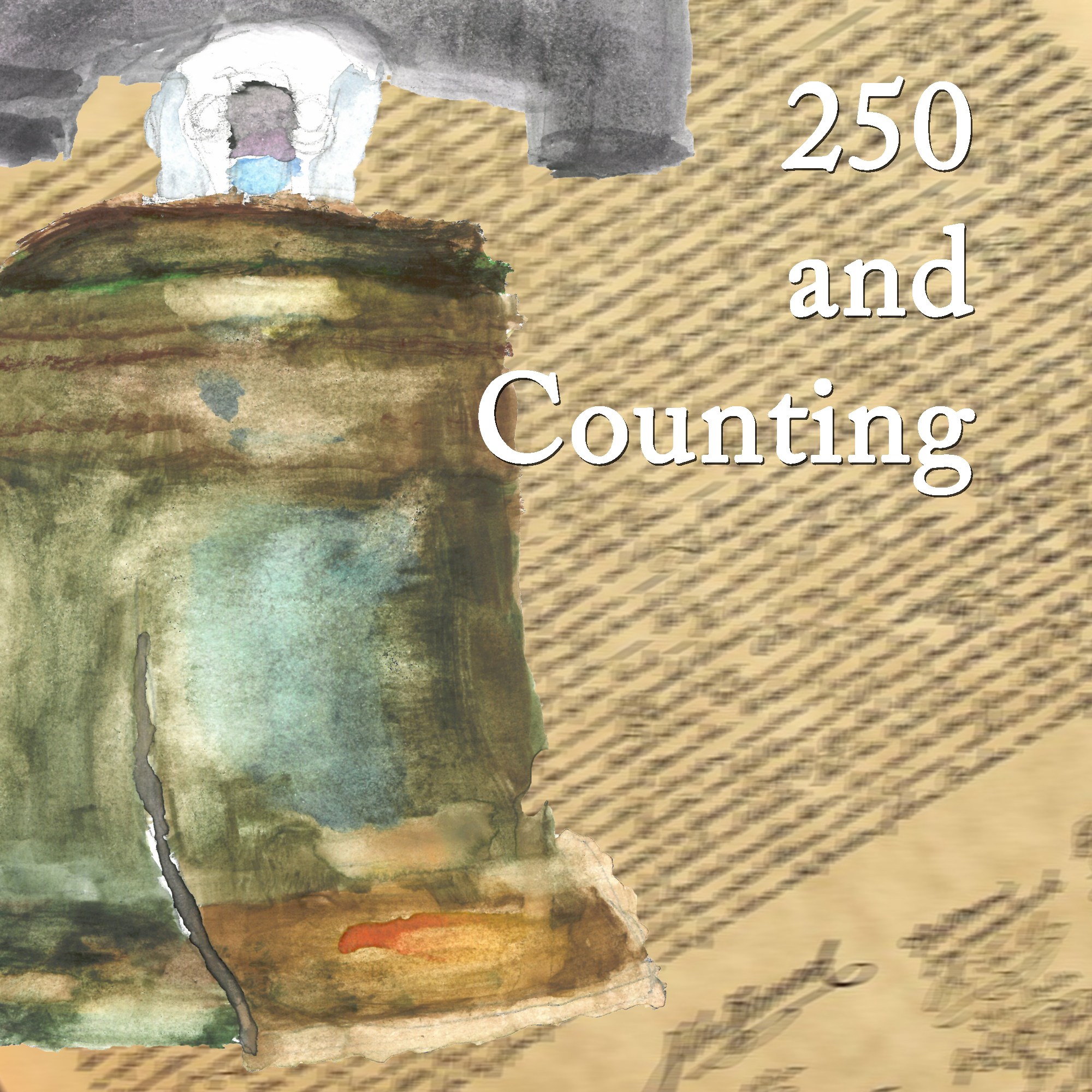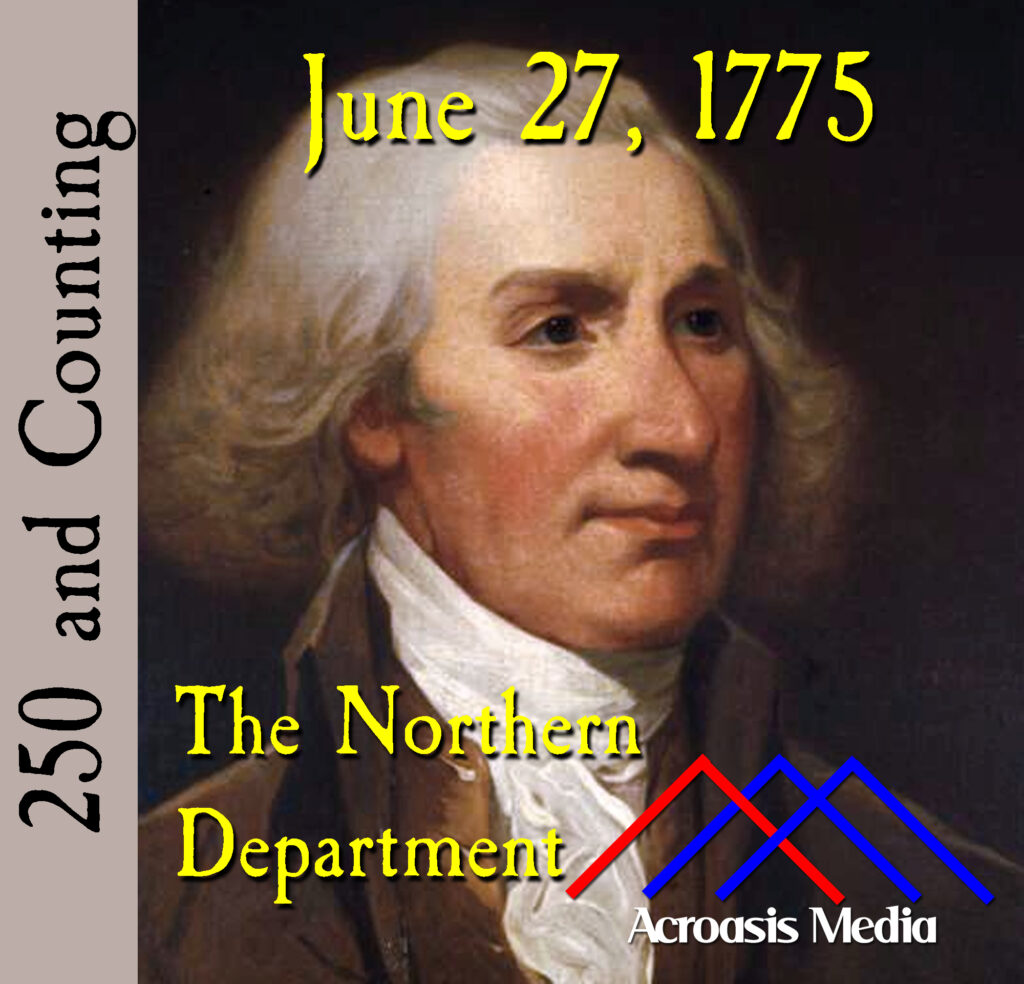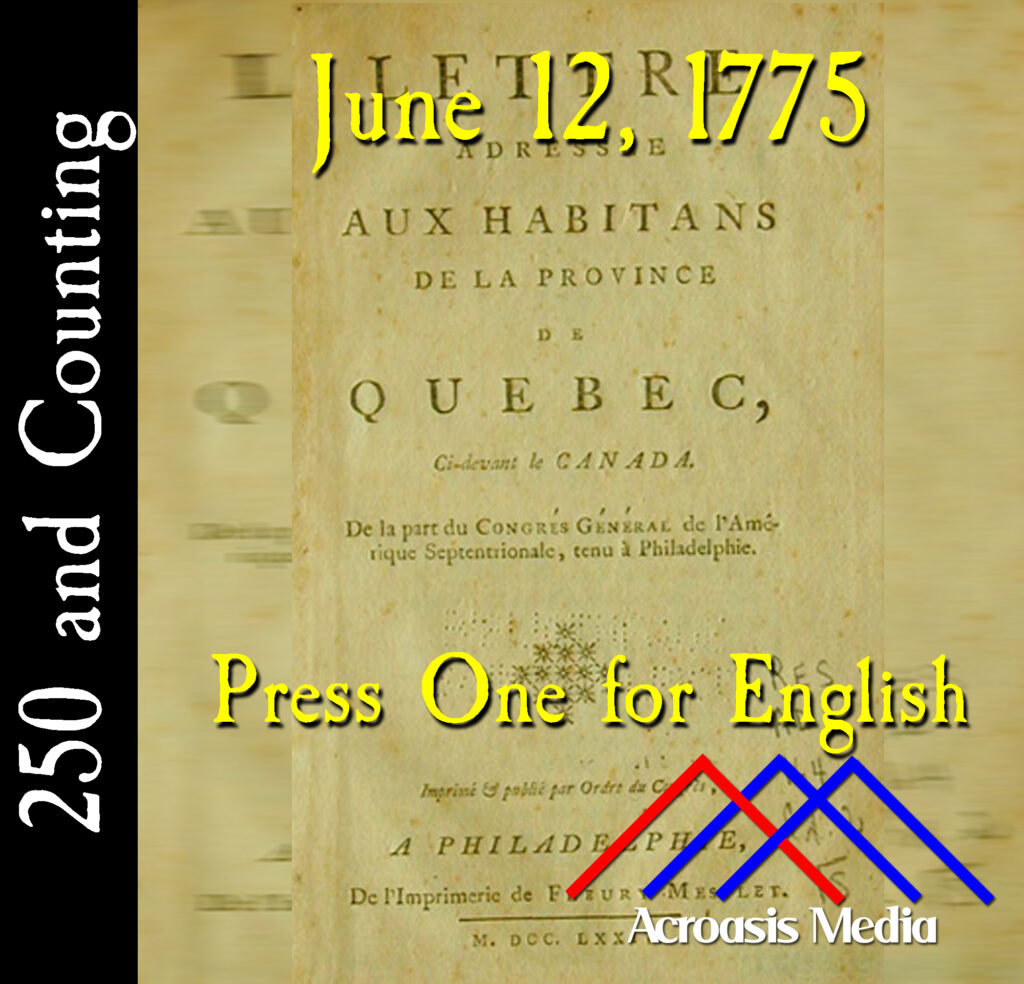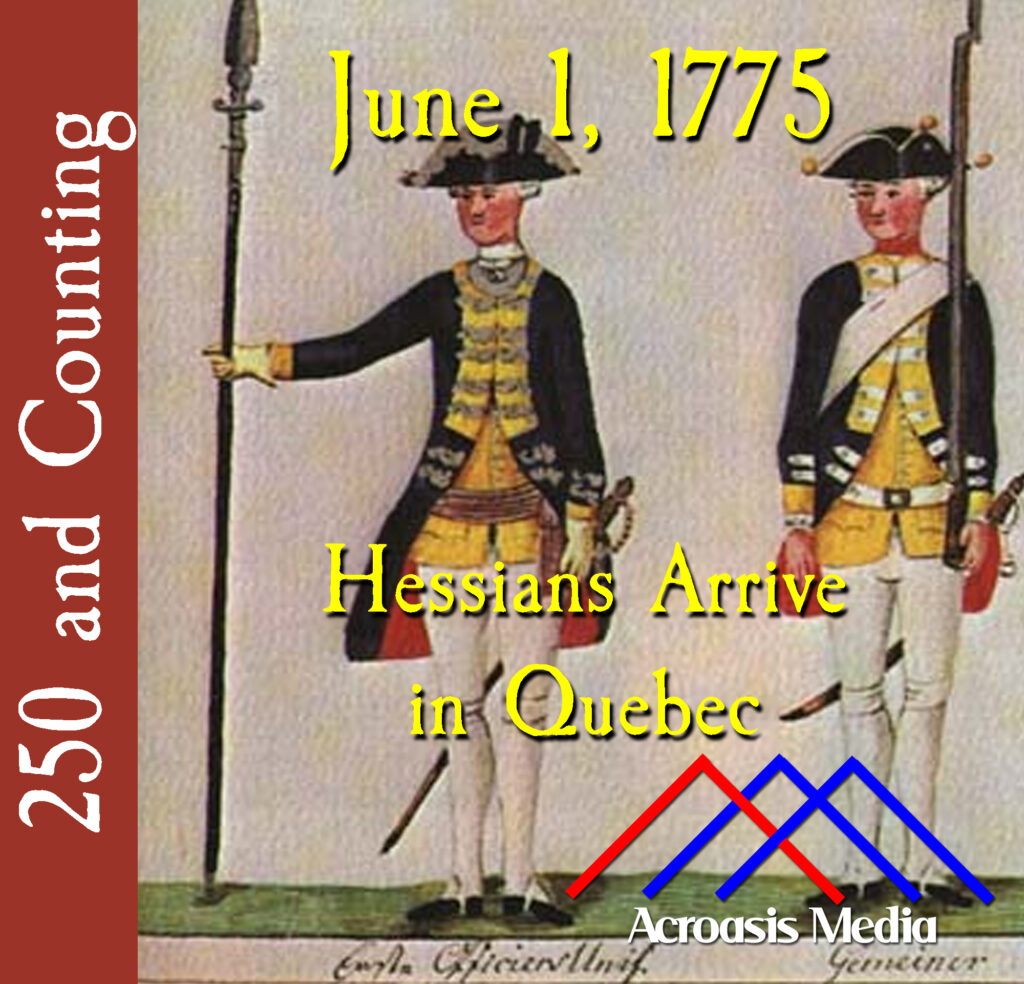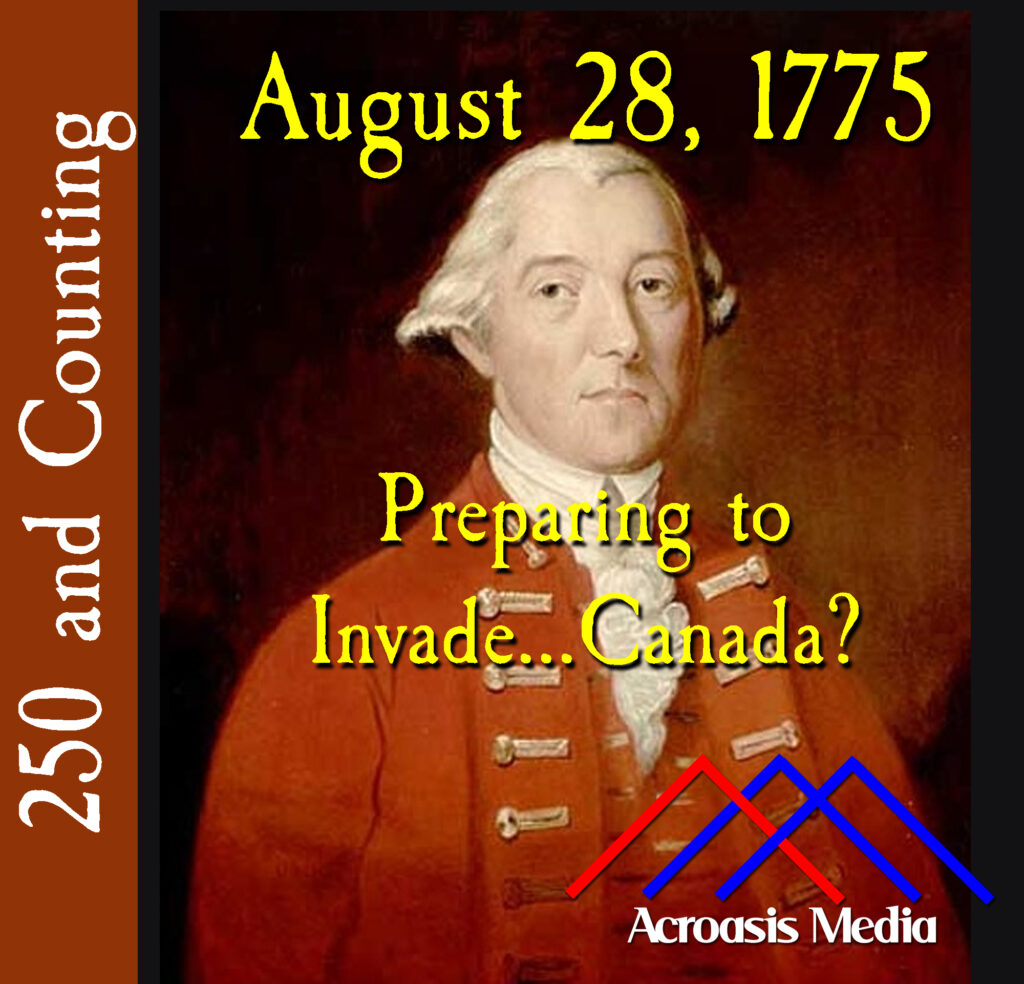
As farfetched as it sounds today, considering the need to invade and occupy Canadian territory was considered important early in the war effort, largely because the colonies in the Great White North had been treated a little more favorably by Parliament. Therefore they were more likely to lean on the Loyalist side of things.
In making the decision to do so, however, there were lots of things to consider that (in retrospect) seem not to have been considered. But as time goes on and we get closer to the end of the year, we’ll be discussing that in future episodes. At this point, the plans are mostly just getting started.
Podcast: Play in new window | Download | Embed
